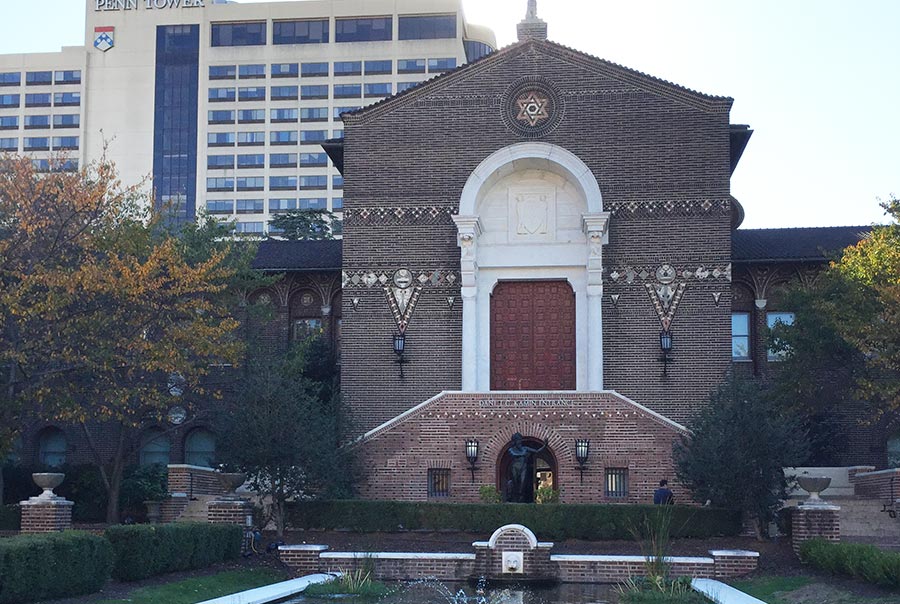A pipe bag in the Penn Museum depicts a winkte, a class of Lakota people from the Great Plains who assume a female role after being assigned male at birth.
A few feet away sits a 19th-century wooden figure from the Lulua of the Democratic Republic of Congo. It shows a bearded woman connected at the back with a bearded man.
Also nearby stands a statue of Hermaphroditus, who in Greek mythology sprung from the gods Aphrodite and Hermes and displayed characteristics of both genders.
“The transgender community has become much more mainstream,” said Lauren Ristvet, curator and professor of archaeology at the University of Pennsylvania. “The discourse has changed, but these kinds of ideas aren’t new. We wanted to denaturalize people’s ideas of what is normal in terms of sexual practices and relationships between sex and gender. So much of this is in flux.”
Ristvet culled the artifacts from Penn’s archives into a show called “Sex: A History in 30 Objects.” It’s open now through the end of July at the museum, 3260 South St. Tickets cost $15 for general admission, $13 for seniors and $10 for people with student identification.
Other notable objects in the one-room show include a love stick from Oceania and the Disc of Enheduama, a woman considered attractive for the power she held in the ancient world as a high priestess and one of the first people to have writing attributed to her.
“We took a lot of items out of storage that wouldn’t be displayed normally,” Ristvet said.
The exhibition forms part of Penn’s yearlong forum on sex, which also includes films and lectures that are open to the public.
For more information, visit www.phf.upenn.edu/events/sex.

